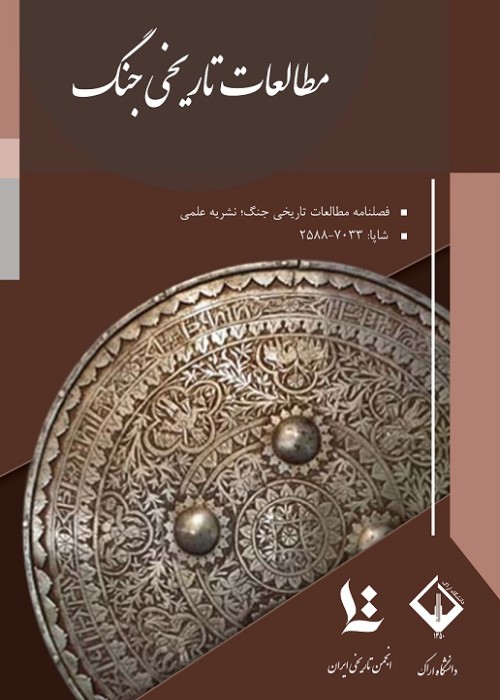The Role of Positioning in Wars Emphasizing Wars in the Eras of Saffarids, Buyids and Seljuqs
Using geographic features was considered as an important war strategy in the early Islamic centuries. Positioning sometimes took place on the edge of deserts where nomads generally used this method against regular troops. The troops and people living in the mountains used to take positions in the mountains and valleys in times of war. In some cases, the river banks or the opposite direction of the wind were also chosen as fighting positions. The present paper studies the role of positioning which has been mostly neglected in new research, except for one study. Taking an analytical approach and by exploring historical first-hand sources, it thus analyzed the role of positioning in the outcomes of the wars of the first centuries of Islam highlighting Saffarids, Buyids and Seljuqs eras. In response to the main question of the study, which was the aforementioned role, given the habitation and ways of life of the warriors, it was argued that positioning played a very important role in determining the outcomes of wars and that by benefiting from natural features, positioning was considered as part of the war strategy and an influential factor in determining the outcome of the war in that historical epoch.
positioning , war , Buyids , Saffarids , Seljuqs
- حق عضویت دریافتی صرف حمایت از نشریات عضو و نگهداری، تکمیل و توسعه مگیران میشود.
- پرداخت حق اشتراک و دانلود مقالات اجازه بازنشر آن در سایر رسانههای چاپی و دیجیتال را به کاربر نمیدهد.



